Want to contribute to this article?
COPQ, or Cost of Poor Quality, is a crucial business metric used by companies around the world. It determines the costs that would disappear if all failures were removed from a product, service or process and is measured either as a percentage of sales or total costs.
So if you want your business to be more efficient, resilient and profitable, then it's important to understand what COPQ means, its significance, and how your team can calculate it.
Download COPQ spreadsheet calculator tool:
|
Why calculate Cost of Poor Quality?
|
Successful companies are constantly trying to reduce the cost of poor quality - not just to be more profitable, but because it's a sign of the health and sustainability of your business.
When unaddressed, COPQ can be incredibly destructive to the bottom line of the business. In fact, for most businesses the COPQ often exceeds profits.
It's estimated around 20 percent of an organisations direct costs are the result of poor quality - primarily due to overuse, misuse and waste.
By calculating COPQ, you can show management teams just how much poor quality has inflated their costs and consequently reduces their profits. You can demonstrate your impact on the bottom line.
Furthermore, detailed COPQ calculations provide a road map for rooting out costs and focusing on specific areas in needs of improvement.
COPQ is estimated to be around 20% or more of the costs of goods sold
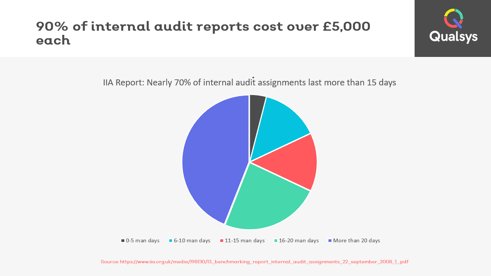
COPQ vs. cost reduction
Cost of Poor Quality should not be confused with cost reduction. John Oakland explains how cost reduction initiatives are rarely something good for your business:
Costs reduction programmes are like you going to the doctors and saying, "I'm a bit overweight, can you help me?" and they say, "Yes, we'll chop your right arm off" and you immediately lose weight but you're never quite the same again. And that's nearly every costs reduction programme I've ever seen. Don't do it.
More here: quality.eqms.co.uk/blog/duties-responsibilities-quality-managers-role-changing
Unfortunately, organisations will often overlook the enormous costs associated with poor performance of products, services and processes. This causes a whole raft of issues such as not meeting customer requirements, not providing products or services on time, or reworking them to meet the customer needs.
With Cost of Poor Quality, you aim to improve the maturity of your management system over time so that the costs will eventually reduce. The best quality doesn't really cost more. It ends up costing less if you use core principles - known as cost of value.
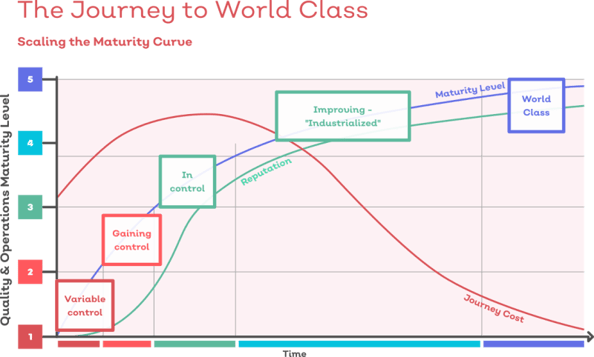
Failure costs a fortune. Getting up the curve takes a lot of investment as well. That is costing your business a lot of money.
Consider this: If your business processes and systems are operating successfully, you don't have to dedicate as many resources to fixing business issues. Quality teams are able to then spend their time at optimising and continually improving strategy - rather than fixing operational issues. Furthermore, the results of COPQ studies become powerful drivers of new breakthrough projects because they identify specific areas in needs of improvement.
How to calculate COPQ
Materials and tools for gathering information about your organisation's internal functioning are widely available and easy to use. For a demonstration to see how to use EQMS for COPQ, contact us here.
If you're using EQMS, you're probably already tracking many of COPQ metrics. Here are a few examples:
- Material cost:
- Scrap cost
- Rework cost
- Downtime
- Excess inventory
- Time
- CAPA metrics
- Complaint handling time
- Rework time
- Reputation
- Customer churn: (Lifetime value of customer and customer acquisition cost)
- Employee morale (NPS / Kiosk scores)
- Production
Alternatively, a starting point to calculate the basic COPQ:
| Category | Amount | Percent of total |
| Internal failures | X | X |
| External failures | X | X |
| Appraisal | X | |
| Prevention | X | X |
|
How EQMS helps you monitor Cost of Poor Quality
EQMS helps reduce the Cost of Poor Quality for enterprise companies such as Sodexo, Diageo, Honeywell, British Gypsum, and communications giant BT Global Services.
Here are a few ways EQMS gives you insights into your Cost of Poor Quality to ensure it's a tangible business metric you can track over time:
- Monitor the trends: Use a business intelligence dashboard to keep a close eye on trends, common issues and weaknesses in your management system.
- Identify process failures: Complete visibility into failure to meet the requirements in any part of a quality chain has a way of multiplying and a failure in one part of the system creates problems elsewhere, leading to yet more failure, more problems. EQMS enables your teams to see the entire process to drill into weak areas.
- Productivity effect of quality: EQMS enables you to use more proactive methods to view the process - enabling you to get it right the first time.
For more information about quality metrics to track, access our Culture of Quality toolkit here.





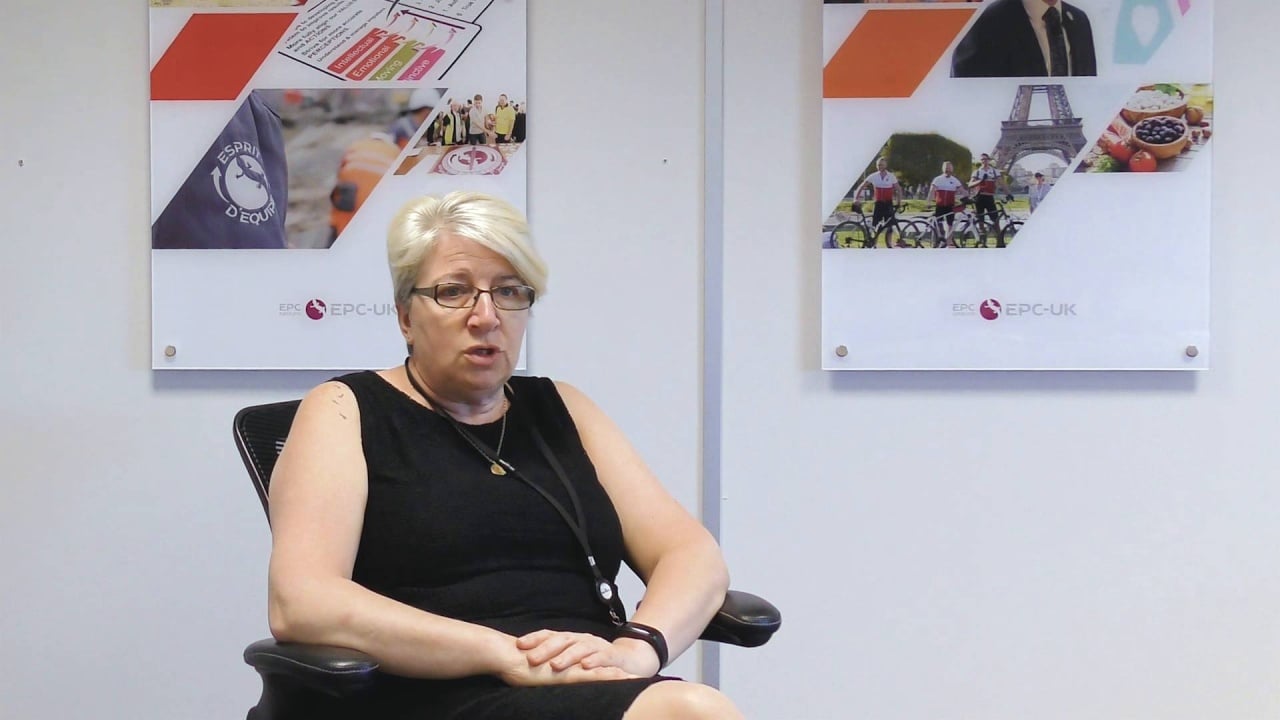
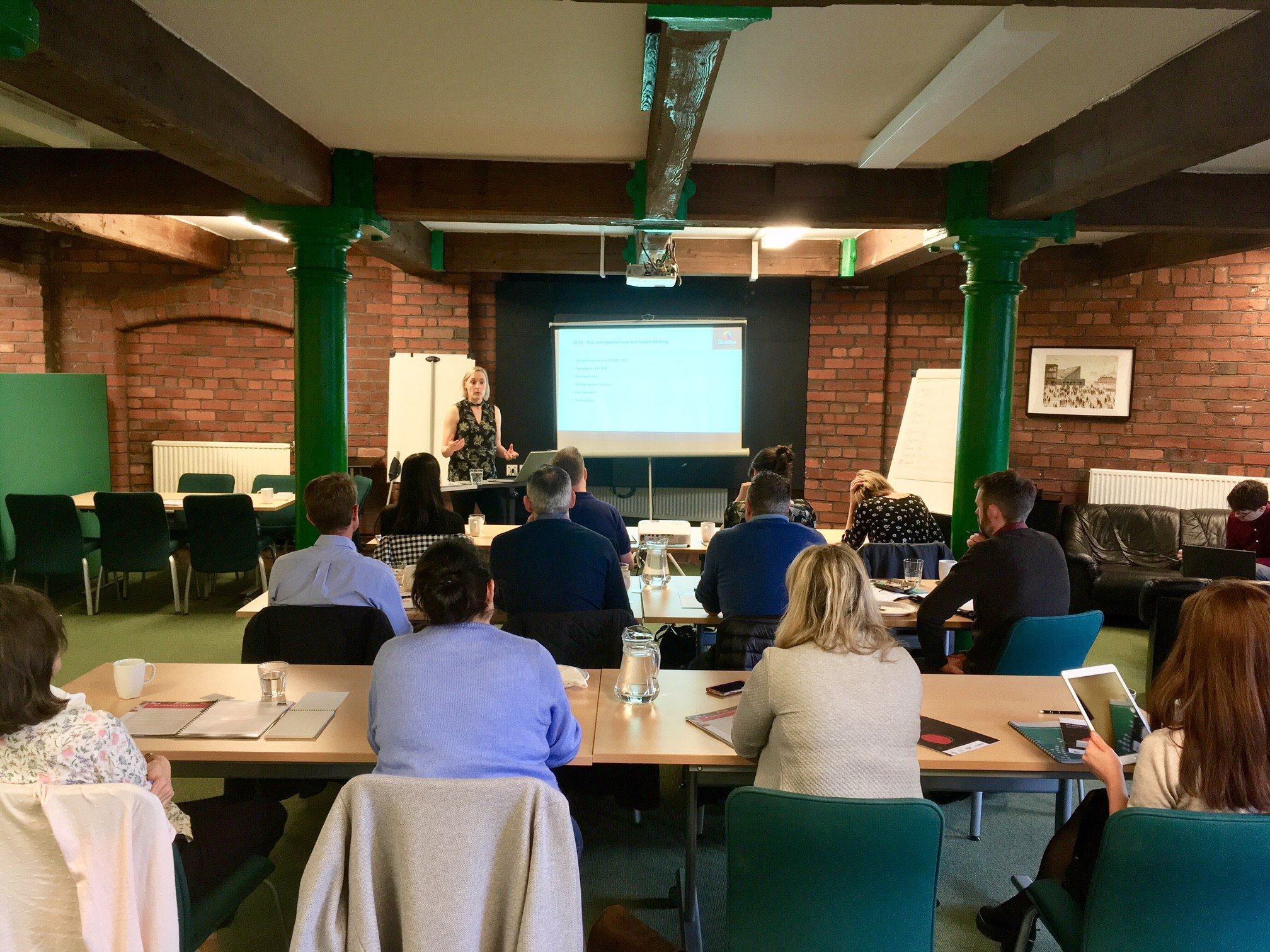
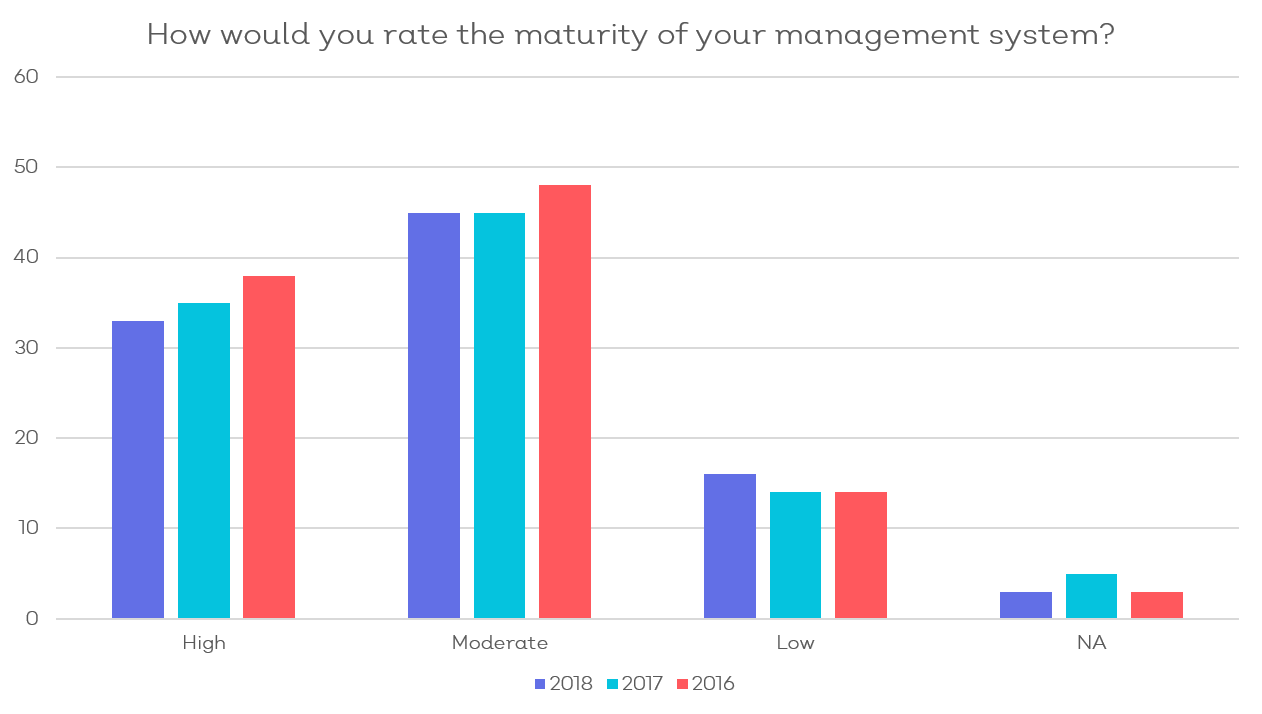
Share your thoughts on this article